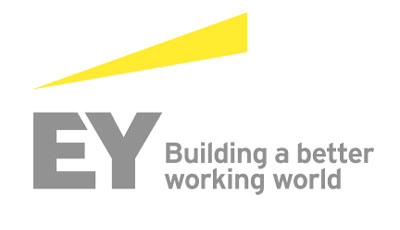2014 Mining and Metals deal volume and value lowest in 10 years

Deal volume in the global mining and metals sector reached a 10-year low in 2014, with transactions driven by divestments and forced sales in the face of falling commodity prices and risk-averse capital markets.
EY analysis released today shows it was the fourth consecutive year of declining M&A activity in the sector, with deal volumes down 23% year-on-year from 703 in 2013 to 544 in 2014, the lowest volume of deals since 2003.
Overall deal value was down 49% year-on-year from US$87.3b in 2013 (excluding the Glencore/Xstrata merger) to US$44.6b in 2014, the lowest since 2004.
2015 M&A outlook subdued
Lee Downham, EY Global Mining & Metals Transactions Leader, says the market outlook for 2015 varies from commodity to commodity.
Downham says: “While there is a sense that the mining and metals M&A market has hit its trough, deal activity is likely to remain subdued in the face of ongoing price volatility and capital discipline across the industry. Shareholders continue to cast a watchful eye over management’s investment activities, with many pushing for more cash to be returned via buybacks and progressive dividends.
“The pace of private capital investment has been considered, and this has proven to be the right approach as share valuations continue to slide on the back of softening metal prices. This investment should pick up once the price outlook stabilizes and that will most likely trigger broader transaction activity.
“Distressed situations may drive opportunistic buying in certain commodities, but most industry acquisitions will be mergers between equals that provide synergies for both parties, or consolidation opportunities,” says Downham.
EY expects to see more joint ventures emerge in 2015 as a way of sharing the costs and risk associated with accessing new markets, realize synergies and among Asian acquirers looking to secure low-cost supply.
2014 deal numbers
The number of megadeals (more than US$1b) dropped nearly 40%, from 18 in 2013 to just 11 in 2014. Further highlighting the risk-averse nature of deals in 2014, 60% of deal volume and 51% of deal value targeted assets in developed regions, up from 54% and 42% respectively in 2013 (excluding the Glencore/Xstrata merger).
A larger number of sub-US$10m deals indicates distress among juniors and opportunistic buyers entering the market, with 65% of deals below US$10m.
Buyers came largely from within the sector during 2014, with 82% of deal value and 71% of deal volumes undertaken industry acquirers.
There was a slight drop in the volume of acquisitions by financial investors, down from 23% in 2013, to 17% in 2014.
Downham says: “There has been some criticism of private capital for not deploying capital in the early and middle parts of last year, but with the benefit of hindsight the patience in their deployment should pay off, the market softened a further 20% over the past year.”
Little fresh capital investment for growth
Total proceeds from capital raising across the sector in 2014 were down 15% on 2013, falling from US$272.0b to US$230.8b. However, the headline number is misleading as most debt raised went into refinancing with little new equity coming into the sector during the year.
The number of issues was down 6%, from 2,617 in 2013 to 2,465 in 2014.
Downham says while the probability of capital flooding back to the sector “en masse” in 2015 is low, it is likely that investment demand for quality growth opportunities in the sector will increase, spurred by the now three-year drought of large-scale M&A, persistently low equity valuations and the gradual impact of supply corrections on prices and outlook.
Downham says: “The big question remains when, or if, the major producers will have the permission to capitalize on that demand with a return to building new capacity to ensure they capture the next growth cycle.”
Beyond the majors, capital raising for projects is complex and often requires multiple funding sources.
Downham says: “For advanced juniors and single-project developers, there are multiple options but each comes with its own challenges and the markets are particularly difficult right now. As a result, this part of the sector is stuck between a rock and a hard place – poorly considered financing strategies can be value destructive, but with no finance there will inevitably be growth stagnation.
“The lack of risk capital available for junior explorers is having a significant impact on available funds for exploration, potentially setting up supply shortages in the next decade.”
Download the report: EY 2014 trends-factcheet
Source: EY – 2014 mining and metals deal volume and value lowest in 10 years
Related Posts
 EY announces participation at the World Congress of Accountants
EY announces participation at the World Congress of Accountants EY announced global revenues of US$31.4b
EY announced global revenues of US$31.4b FCA defends secondments with ‘Big Four’ accountants
FCA defends secondments with ‘Big Four’ accountants EY escalates battle against cybercrime with launch of first-of-its-kind managed security operations center
EY escalates battle against cybercrime with launch of first-of-its-kind managed security operations center Ernst & Young settles with N.Y. for $10 million over Lehman auditing
Ernst & Young settles with N.Y. for $10 million over Lehman auditing
























